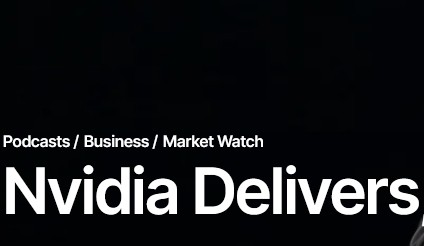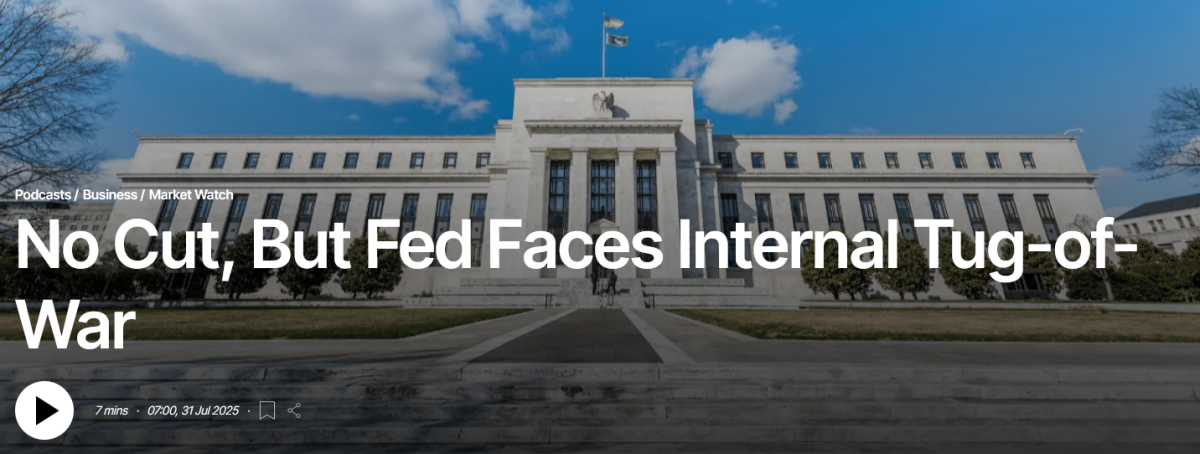Nvidia Delivers
https://www.bfm.my/content/podcast/nvidia-delivers-all-is-good-in-the-tech-space
Nvidia results were better than expected, much to the relief of markets as there were concerns over an AI bubble. We ask Tony Nash, CEO, Complete Intelligence for his first impressions of the results whilst asking if there are other tech names like Broadcom and Coreweave are also buy ideas.





